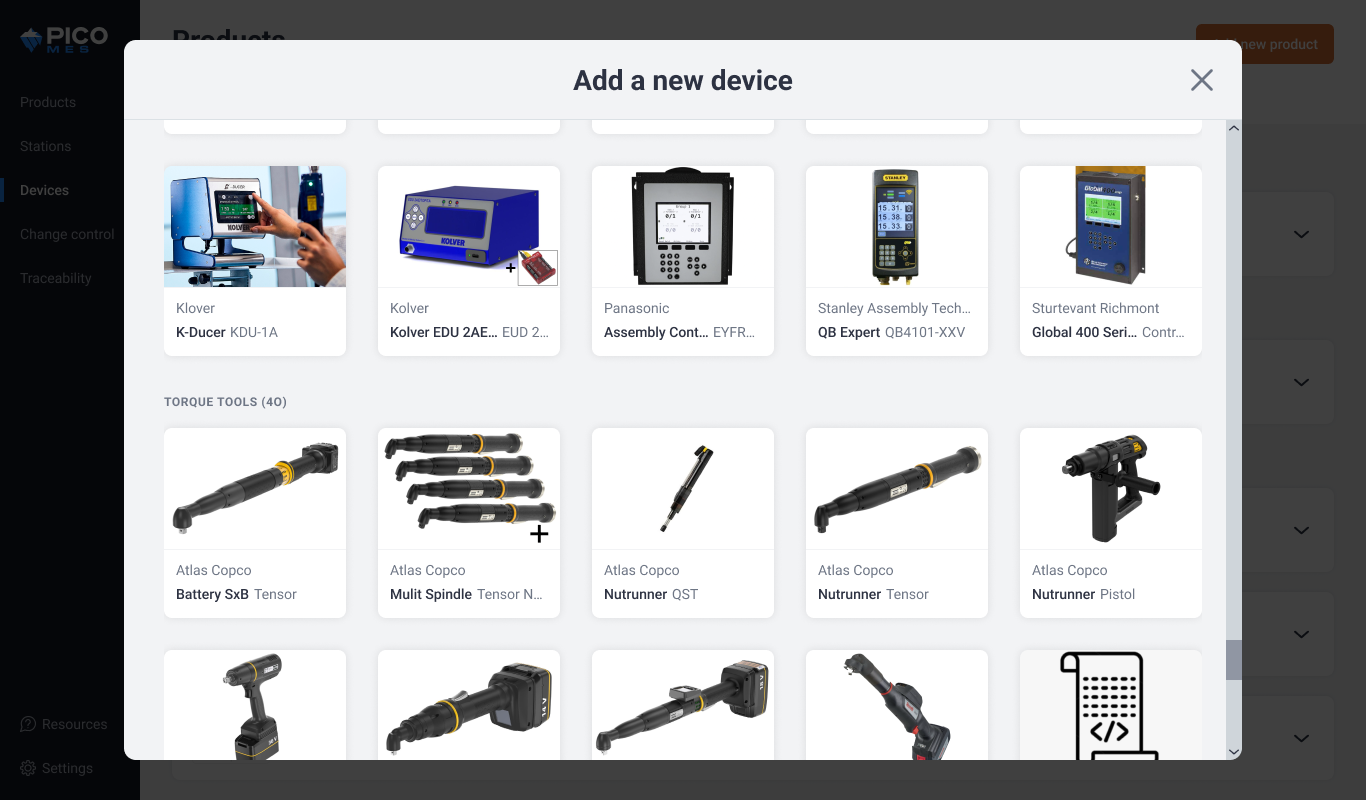#{ item.name }
#{ truncateText(item.metadescription) }
For over a century, time studies have followed the same basic approach: a supervisor with a stopwatch and clipboard records how long a task takes, then analyzes the data to find efficiencies. It sounds simple enough, but in practice, manual time studies are riddled with inefficiencies—prone to human error, inconsistencies, and subjective observations.
Think of it like navigating with a paper map in the age of GPS. You might eventually reach your destination, but you’ll face unnecessary delays, inefficient routes, and unexpected detours. GPS, on the other hand, offers real-time insights—the fastest route, an accurate ETA, and potential obstacles ahead. It’s not just more efficient, it’s smarter and more reliable.
Greg Whitt, Continuous Improvement Manager at MORryde
talks about the value of automating time studies.
The same is true for automated time studies. By replacing manual tracking with automated data collection, IoT smart tools, and real-time analytics, manufacturers can eliminate guesswork, improve accuracy, and make better-informed decisions. In this blog, we’ll explore how automation transforms time studies, helping manufacturers reduce inefficiencies, boost productivity, and stay competitive.
Traditional time studies come with built-in flaws that can undermine their effectiveness. For instance, they rely on manual observation and data recording, typically conducted by supervisors or industrial engineers using stopwatches, clipboards, or spreadsheets. This introduces human error and subjective judgment, making the data less reliable.
Consider the Hawthorne effect, where people unconsciously alter their behavior when they know they’re being observed. A worker on an assembly line might normally take micro-breaks—brief pauses to adjust grip, stretch, or reset between repetitive tasks. These small moments help maintain efficiency over time. But under observation, they might skip these natural pauses to appear more focused, creating misleading data that doesn’t reflect the true rhythm of production.

How every person feels when they’re under a time study with a stopwatch
Even if operators behave naturally, observers themselves are prone to error. A momentary distraction—a glance at a clipboard, a missed step—can cause them to overlook inefficiencies that could otherwise lead to meaningful improvements. And because manual time studies are labor-intensive and time-consuming, maintaining absolute focus throughout is nearly impossible.
Beyond human limitations, traditional time studies only provide a static snapshot rather than a continuous flow of information. Manufacturing processes evolve, and what’s measured today may be outdated tomorrow. Without real-time insights, process improvements are based on incomplete or outdated data, limiting their long-term impact.
To stay competitive, manufacturers need a system that eliminates bias, captures real-time insights, and evolves with production needs.
With real-time data collection and analytics tools, there’s no need to keep your eyes locked on an operator or scramble to jot down notes, hoping you haven’t missed a critical detail. Automation eliminates the core challenges of traditional time studies while unlocking new levels of efficiency and accuracy. Here’s how:
Take a self-guided tour to see how automated time studies can save you time, improve accuracy, and provide real-time insights.
Technology isn’t here to replace the human element, but it can make certain tasks easier. Relying on outdated, manual time study methods can create unnecessary burdens, slowing down processes and making it harder to achieve operational goals. Automating time studies removes these roadblocks, giving manufacturers the power to act on precise, real-time data rather than outdated snapshots.
To learn more about how technology can help error-proof your shop floor, read our Complete Guide to Error-Proofing your Manufacturing Operations. Alternatively, see PICO in action by booking a demo today.
#{ truncateText(item.metadescription) }
Step into the future of factory operations with Pico MES. Start your journey toward a more efficient, error-proof factory floor today.
